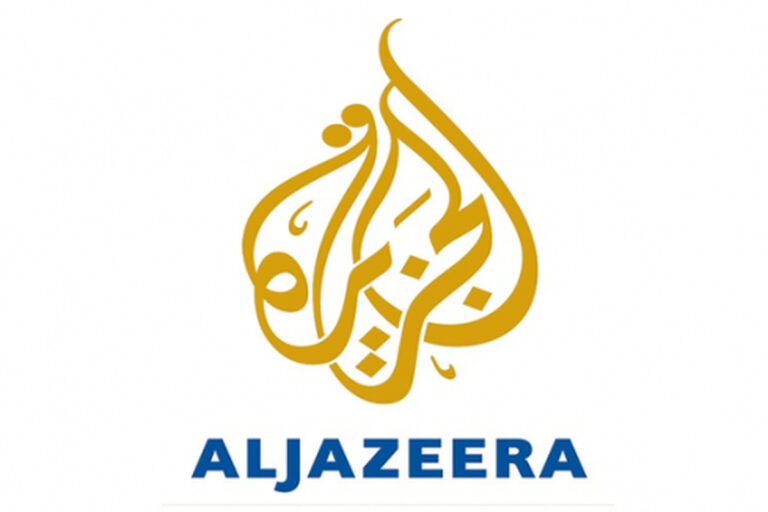China Faces Surge in Respiratory Illnesses, WHO Requests Information
A wave of respiratory illnesses, particularly among children in China, has prompted the World Health Organization (WHO) to seek details from Chinese authorities. The rise in cases, reported in northern parts of the country, has raised concerns, leading the WHO to request information on the outbreak’s nature, patient lab results, and the impact on healthcare systems.

Chinese authorities attribute the increase to the lifting of COVID-19 restrictions, allowing the circulation of known pathogens like influenza, mycoplasma pneumoniae, respiratory syncytial virus (RSV), and the virus causing COVID-19. Epidemiologists warn that reduced natural immunity due to the lifting of zero-COVID restrictions may contribute to an increase in infections, similar to post-lockdown waves seen in other countries.
Reports indicate clusters of undiagnosed pneumonia in children, with concerns raised about the transparency of reporting, drawing parallels with the early days of the COVID-19 pandemic. While some health experts attribute the surge to a common aftereffect of lifting restrictions, others urge China to be forthcoming with data.
The WHO’s request for information includes epidemiologic and clinical details, as well as laboratory results. Chinese citizens are advised to follow recommended vaccinations, maintain distance from the ill, wear masks, ensure good ventilation, and seek medical care when needed.
Experts speculate on potential causes, with mycoplasma pneumoniae suggested as a candidate. Health officials are concerned about the winter exacerbating the spread, and China’s national weather authority warns of colder temperatures. Hospitals, particularly in Beijing, report a surge in patients, while schools report high absenteeism.
The WHO emphasizes the importance of transparency and information sharing. The global health agency seeks to understand the epidemiological data and lab results to determine the nature and severity of the epidemic.








